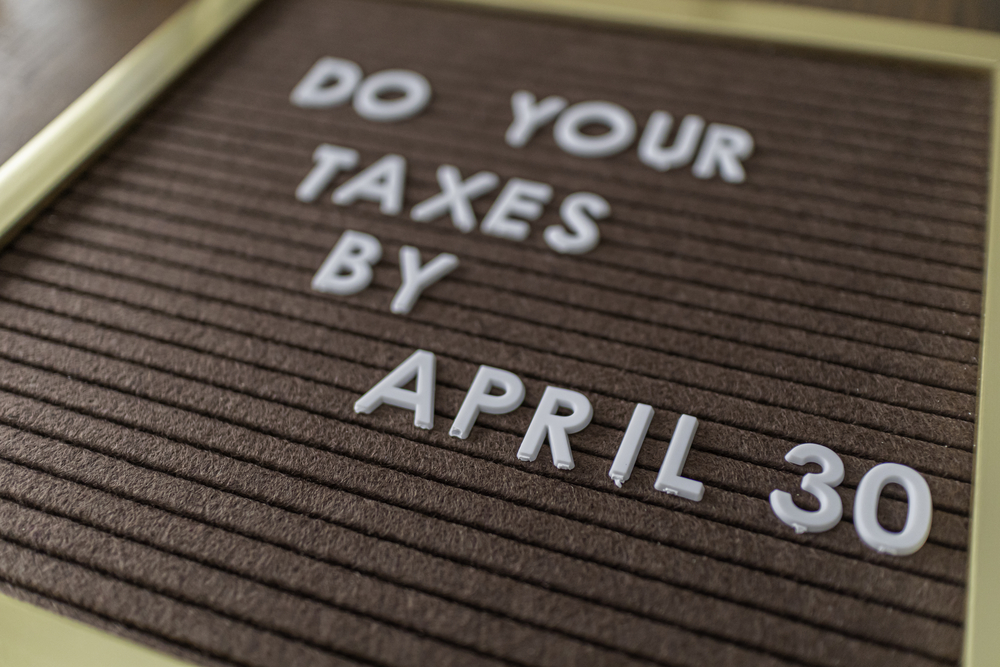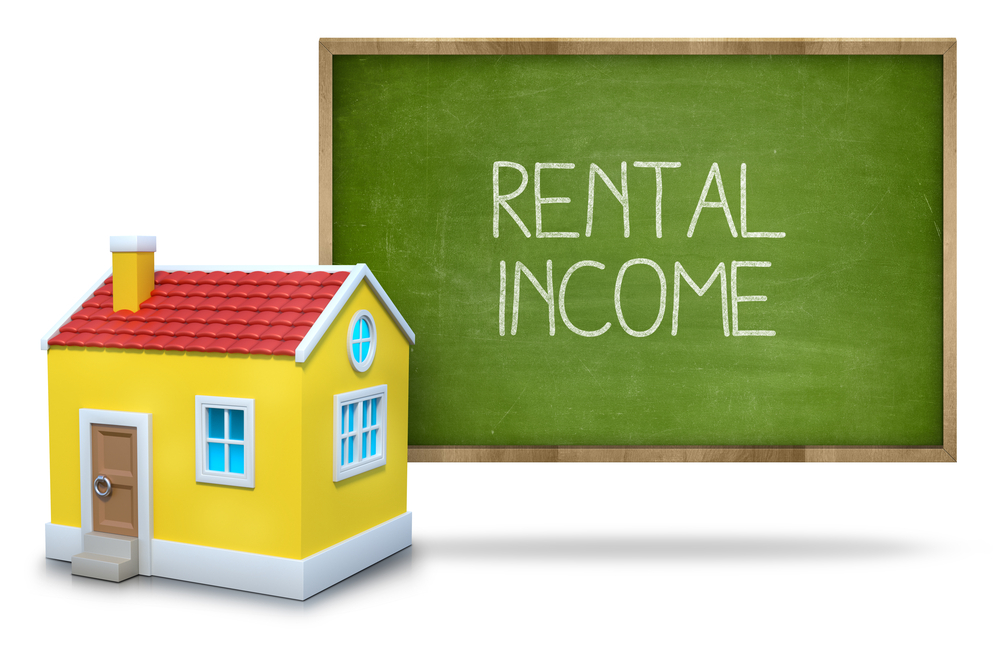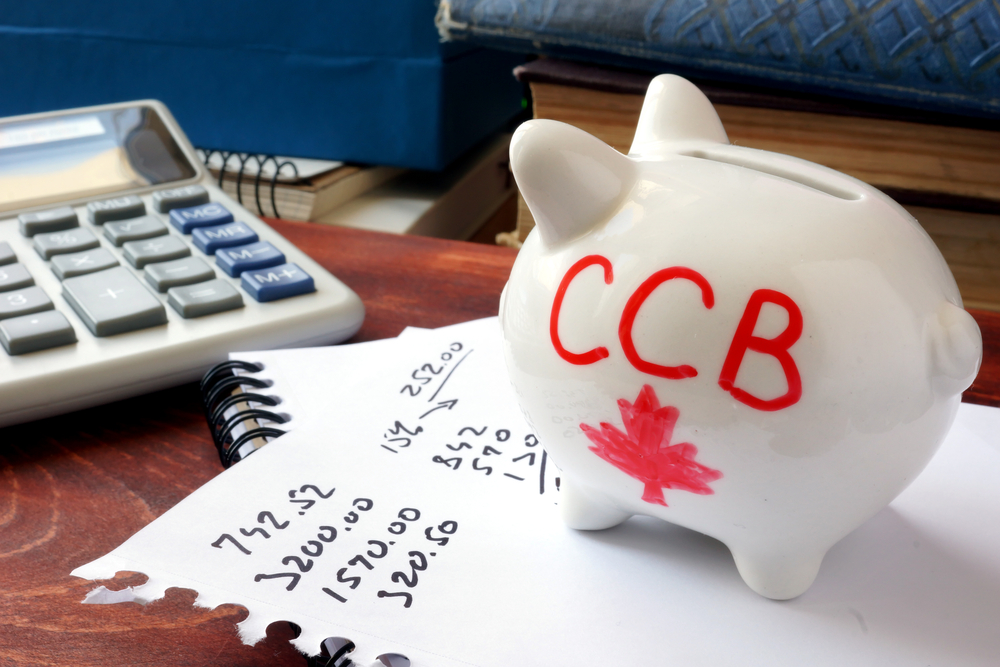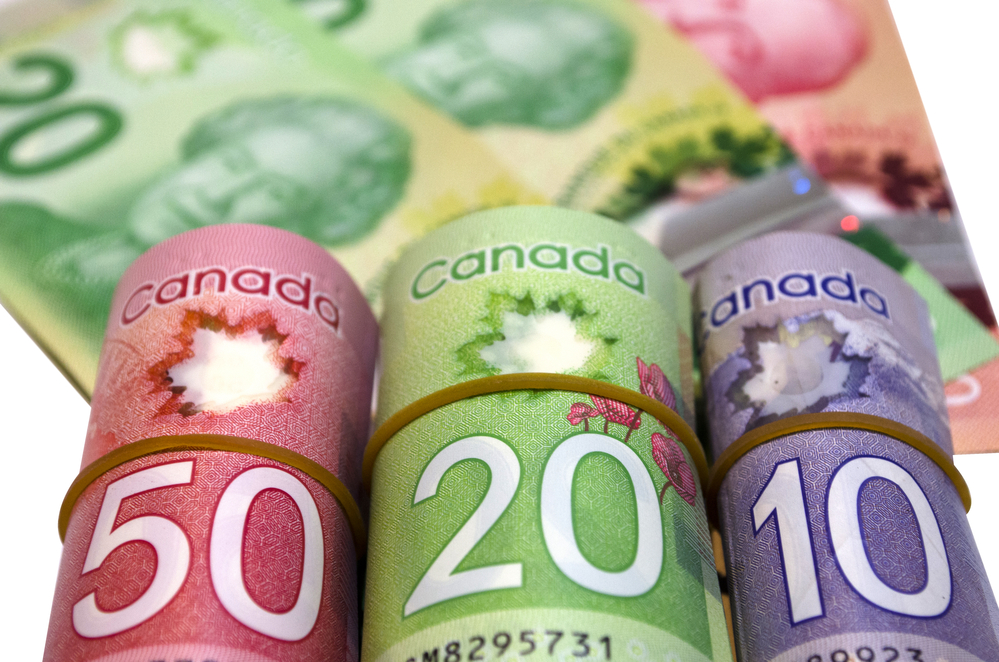This article is a comprehensive guide to filing your Canadian personal tax return.
Navigating the world of taxes can often feel like finding your way through a maze, especially when you’re trying to keep track of various deadlines and rules.
In Canada, understanding personal tax obligations is crucial, not just for staying on the right side of the law but also for ensuring you’re making the most of potential refunds and benefits.
Whether you’re employed, self-employed, a student, or enjoying retirement, knowing your tax deadlines can save you from unnecessary stress and potential penalties.
The Canadian tax year runs from January 1st to December 31st, with the Canada Revenue Agency (CRA) setting April 30th as the general tax filing deadline for individuals to file their tax returns.
But, as you’ll soon discover, there are several nuances to this rule depending on your employment status, types of income, and whether you have taxes owing.
Our aim here is to demystify these deadlines and provide you with a comprehensive guide to managing your personal taxes in Canada.
We’ll explore everything from basic tax obligations and filing methods to special considerations for different income types and how to maximize your tax credits and deductions.
By the end of this guide, you’ll not only be better prepared for the upcoming tax season but also more knowledgeable about planning for future ones.

Understanding Canadian Personal Tax Obligations
Navigating the tax season doesn’t have to be a daunting task. With a little bit of knowledge and preparation, you can handle your personal taxes like a pro.
Let’s break down the basics of the Canadian personal income tax system and the key filing deadlines you need to be aware of.
Basic Overview of the Canadian Personal Income Tax System
In Canada, taxes are a fact of life, just like snow in winter and maple syrup on pancakes. The money collected from personal income tax goes towards funding essential services like healthcare, education, and infrastructure.
The Canada Revenue Agency (CRA) is the guardian of this process, ensuring everyone pays their fair share according to the income they earn.
At its core, the system is progressive, meaning the more you earn, the higher the rate at which you’re taxed.
This ensures fairness and helps in redistributing wealth throughout society. But don’t worry, there are plenty of credits and deductions available to help lower your tax bill.
Key Tax Deadlines for Individuals
Mark your calendars! For most individuals, the magic due date is April 30th. This is when your tax return filing for the previous year is due.
If you’re employed, your employer should provide you with a T4 slip by the end of February, detailing your income and deductions for the year. This slip is your best friend when filing your taxes.

But what happens if April 30th comes and goes and you haven’t filed? Well, if you owe taxes, the CRA will start charging you interest and penalties on the amount owing. However, if you’re due for a refund, there’s no penalty for filing late, but why delay receiving money that’s rightfully yours?
For the self-employed, the CRA gives a little extra time to breathe. You have until June 15th to file your taxes. But here’s the catch: if you owe taxes, interest on the owed amount starts accruing after April 30th. It’s like getting extra time to submit your assignment but still losing marks for late fees.
Understanding these deadlines and preparing your documents in advance can transform tax season from a stress-inducing period into just another task to check off your list.
Stay tuned as we dive deeper into the specifics of different income types and how to file efficiently.
Special Considerations for Diverse Income Types
Money comes in different flavors, and the Canadian tax system has a way to categorize each.
From your day job to your side hustle or that rental property you own, understanding how different types of income are taxed can help you navigate your tax return with confidence.
Let’s explore some of the common income types and what you need to know about them.
Employment Income
For many of us, our main source of income is our job. Come tax time, your employer will hand over a T4 slip, which is essentially a summary of your earnings and the taxes already paid on your behalf. It’s like a report card but for your finances.
The T4 slip makes filing taxes simpler because it outlines everything you’ve earned and what’s already been contributed towards your tax bill. Just input these numbers into your tax return, and you’re halfway there.

Investment Income
Ah, investments – the golden eggs of your financial nest. Investment income can come from stocks, bonds, mutual funds, or that piece of art that unexpectedly skyrocketed in value.
This income is taxed differently depending on its type. Interest from savings accounts or bonds is taxed at your marginal tax rate, which is the same rate as your employment income. This type of income is usually reported on a T5 slip.
Dividends and capital gains, however, get a bit of a break thanks to lower tax rates, encouraging Canadians to invest and grow their wealth.
Remember, keeping track of your investment statements is key, as you’ll need them to report your earnings accurately.
Rental Income
Do you own a property that you rent out? That rental income needs to be reported on your tax return.
The silver lining is that you can deduct expenses related to the property, such as mortgage interest, property taxes, and maintenance costs.
It’s a bit like running a business out of your property – you report the income and offset it with your expenses to find the net amount that’s taxable. Keep good records throughout the year to make this process smoother.

Foreign Income
In today’s global village, it’s not uncommon to have income coming from outside Canada. Whether it’s a job you did remotely for a company overseas or earnings from investments in international markets, the CRA wants to know about it.
The good news is that Canada has tax treaties with many countries, which can help prevent double taxation.
However, reporting foreign income can be complex, so it might be a good idea to consult with a tax professional to ensure you’re doing it right and taking advantage of any available tax credits.
Understanding how different types of income are taxed helps demystify the process and ensures you’re not leaving money on the table (or accidentally keeping money that should be paid in taxes).
Up next, we’ll dive into tax considerations for specific groups, like the self-employed and students, to give you even more tailored advice.
Personal Tax Deadlines for Specific Groups
In the colorful tapestry of Canadian society, our financial and employment situations can vary widely. Recognizing this, the CRA has tailored the tax filing process to accommodate different groups, each with its unique considerations.
Let’s navigate these waters together, focusing on self-employed individuals, retirees, and students.
Self-Employed Individuals
If you’ve taken the entrepreneurial leap and are self-employed, first off, kudos to you! With this freedom comes a slightly different set of tax rules.
The CRA gives you until June 15th to file your tax return, a nod to the hustle and the extra paperwork involved in running your own show. However, there’s a catch – if you owe taxes, interest on the amount due starts piling up after April 30th.
It’s like the CRA saying, “Take your time to file, but if you owe us, the clock starts ticking in April.”
Planning and saving for your tax bill throughout the year can help avoid any surprises come spring.
Retirees
Retirement should be about enjoying your well-earned leisure time, perhaps indulging in hobbies or spending more time with family, not stressing over taxes.
For retirees, the tax landscape changes, especially if you’re drawing income from multiple sources like pensions, Registered Retirement Savings Plan (RRSP) withdrawals, or part-time employment.

Understanding how each income source is taxed is crucial. Moreover, you might be eligible for credits like the Age Amount, Pension Income Credit, and others that can reduce your tax burden.
Keeping abreast of these benefits can make your golden years a bit more golden.
Students
Ah, student life – a blend of learning, growth, and, let’s face it, budgeting challenges.
The good news is that the tax system has provisions to support students. Tuition fees, for example, can translate into a non-refundable tax credit, reducing the amount of tax you owe.
Don’t overlook the importance of reporting scholarships, bursaries, and even student loan interest, which could also offer tax relief.
While you’re juggling classes and exams, setting aside time to understand these benefits can pay off, potentially giving your budget a much-needed boost.
Each of these groups faces unique tax considerations, but with a bit of planning and knowledge, navigating tax season can be less of a headache.
Remember, whether you’re crafting a business, enjoying retirement, or hitting the books, staying informed about your tax obligations ensures you’re taking full advantage of the benefits available to you.
Next up, we’ll explore the realm of tax credits and deductions, shedding light on how to maximize your return or minimize what you owe.
Tax Credits and Deductions
Who doesn’t love a good discount, especially when it comes to taxes? Think of tax credits and deductions as the CRA’s way of giving you a break, reducing the amount of tax you owe or even increasing your refund.
Whether you’re working from a home office, supporting a family, or investing in your education, there are numerous ways to save money come tax time. Let’s uncover some of these hidden gems.
Maximizing Your Tax Return
The tax code might seem like a labyrinth, but within it are paths to savings through deductions and credits. Here’s how they work:
Deductions lower your taxable income. It’s like telling the CRA, “Here’s what I earned, but let’s not forget the money I spent on things like RRSP contributions or childcare.” Every dollar deducted could reduce the income tax you pay.
Credits, on the other hand, apply directly to the amount of tax you owe. They come in two flavors: non-refundable and refundable. Non-refundable credits can only reduce your tax to zero, while refundable ones could put money in your pocket even if you don’t owe any tax.
Key Credits and Deductions to Consider
RRSP Contributions: Investing in your future can also pay off at tax time. Contributions to your Registered Retirement Savings Plan are deductible, potentially lowering your tax bill.
Charitable Donations: Giving back not only feels good but also benefits your taxes. Charitable donations can earn you a credit worth a significant percentage of the amount you donate.
Medical Expenses: Those trips to the dentist or prescriptions can add up. If you have substantial medical expenses, you might be able to claim a credit for a portion of these costs. Notably, with the recent introduction of the Canada Dental Benefit, understanding how to claim this specific credit could lead to additional savings on dental expenses.
Home Office Expenses: With more Canadians working from home, understanding how to claim home office expenses can lead to savings. If you’ve dedicated a space for work, you might deduct a portion of your rent, utilities, and internet.
Tuition Fees and Education Credits: For students or those pursuing further education, tuition fees can translate into a non-refundable tax credit, helping to offset the costs of learning.
Canada Child Benefit (CCB): For families, the Canada Child Benefit is a crucial tax-free monthly payment made to eligible families to help with the cost of raising children under 18 years of age. The amount you receive depends on your income level and the number of children in your care. Applying for the CCB is done through your tax return.

Each of these areas offers a chance to reduce your tax liability, but the key is keeping good records throughout the year. Receipts, invoices, and statements are your best friends when tax season rolls around, as they provide the evidence needed to claim these benefits.
Leveraging Credits and Deductions
Navigating deductions and credits can feel overwhelming, but it’s worth the effort. Start by reviewing your expenses and income over the past year and identify what might qualify.
Using tax preparation software can help, as it suggests credits and deductions you might not have considered. Remember, every little bit helps, and taking the time to understand your eligibility for various tax breaks can significantly impact your financial health.
Next, we’ll guide you through filing your taxes, ensuring you know all the options and tools at your disposal for a smooth and successful tax season.
Filing Your Personal Taxes in Canada
Alright, you’ve gathered all your information, and now it’s time to cross the tax season finish line by filing your return. Whether you’re a first-timer or a seasoned pro, the process can feel a bit daunting.
Fear not! We’re here to guide you through choosing the right filing method and understanding what happens after you’ve hit “submit.”
Choosing the Right Filing Method
In today’s digital age, the CRA offers several convenient ways to file your taxes, ensuring there’s an option that fits everyone’s comfort level and tech-savviness.
Electronic Filing: Join the majority of Canadians who file their taxes online for a faster, more secure submission. Tools like NETFILE are user-friendly and guide you through the process step-by-step. Plus, if you’re expecting a refund, you’ll get it much quicker this way.
Many Canadians opt to use tax software to guide them through their tax return, making the process smoother and less intimidating. Popular options include TurboTax, SimpleTax, and H&R Block, among others.

These platforms are designed to simplify tax filing, asking you straightforward questions and automatically applying the relevant tax laws to your situation. They can even optimize your return to ensure you’re getting the maximum refund possible.
Plus, most tax software options are NETFILE certified, meaning you can submit your return directly to the CRA with a click of a button.
Paper Filing: For those who prefer a hands-on approach or simply enjoy the tradition, paper filing is still an option. You can download and print the tax package from the CRA website. Just remember, processing times are longer, so patience is key. Plus, there is always the chance of paper getting lost. And if you are expecting a refund, you will have to wait longer for it than if you had filed electronically.
Tax Professionals: If the thought of navigating tax laws and forms makes you break out in a cold sweat or if you have a complex tax return, it might be worth enlisting the help of a tax professional. They can provide peace of mind and ensure you’re maximizing your return. Figure out what kind of professional help you need for your specific tax situation.
What Happens After You File
Once you’ve filed your taxes, it’s a bit like sending a message in a bottle out to sea, except this bottle finds its destination much faster, especially if you filed electronically.
Processing Times: The CRA is pretty quick, with electronic returns often processed within two weeks. Paper returns can take up to eight weeks. You can check the status of your return using the CRA’s “My Account” service online.
Notice of Assessment: This document is the CRA’s response to your tax return, summarizing what you reported and what they’ve assessed. It will tell you if you owe more taxes, are due for a refund, or are just right. It’s important to review this notice carefully, as it can contain important information about your tax situation and any credits or benefits you’re entitled to.
Making Changes: Made a mistake or forgot to claim a deduction? Hey, it happens. It’s not the end of the world. You can adjust your return through the CRA’s “Change my Return” feature available in “My Account” or by filing a T1 Adjustment form.
Filing your taxes doesn’t have to be a chore. With the right preparation and understanding of the process, you can tackle it with confidence.
And remember, the sooner you file, the sooner you can put tax season behind you and look forward to the year ahead.

How to Pay Your Taxes Due
Hopefully you will get a tax refund but if instead you owe taxes, don’t worry—paying them is straightforward. The Canada Revenue Agency (CRA) offers several convenient payment methods, ensuring you can settle your tax bill efficiently and securely. Here’s a rundown of your options:
Online Banking
Just like paying any other bill online, you can use your bank’s website or app to pay your taxes. Add the CRA as a payee and use your Social Insurance Number (SIN) or Business Number as the account number. It’s quick, easy, and you can do it from the comfort of your home.
CRA’s My Payment
This service allows you to pay directly from your bank account without having to log into your banking website. It’s a secure, CRA-hosted option that’s great for those who prefer a direct payment method.
Credit Card, PayPal, or Interac e-Transfer
Through third-party service providers, you can pay your taxes using a credit card, PayPal, or Interac e-Transfer. Keep in mind that these services may charge a fee, but they can be a convenient option if you’re collecting points or need a bit more time to pay off the balance owing.
Pre-Authorized Debit
Set up a pre-authorized debit agreement through the CRA’s My Account online service, allowing the CRA to withdraw the amount you owe directly from your bank account on a date you choose.
In-Person
For those who prefer to handle things the old-fashioned way, you can make a payment at any Canada Post outlet using cash or a debit card. There is a fee for this service, but it can be convenient for those without online banking.
By Mail
Lastly, you can pay by cheque or money order. Make it payable to the Receiver General for Canada, include your SIN or Business Number, and specify it’s for your income tax balance due. Then, mail it to the appropriate tax centre.
Whichever method you choose, make sure to pay by the deadline to avoid interest and penalties. Planning ahead and setting reminders for yourself can help ensure you stay on top of your tax obligations without any last-minute stress.
Next up, we’ll share some tips on how to keep your documents organized and plan for the next tax season, setting you up for success year after year.
Planning Ahead for Next Year
Congratulations! You’ve successfully navigated this year’s tax season. But before you put taxes out of your mind until next spring, let’s talk about how a little planning now can save you a lot of time, stress, and potentially money next year. Keeping your tax documents organized and thinking ahead can turn what many view as a yearly chore into a smooth, manageable process.
Record Keeping and Organization
Keeping your tax-related documents organized is the secret sauce to a stress-free tax season. Start by designating a spot in your home – a drawer, a folder, or a digital space – where you’ll keep all your tax documents throughout the year.
This includes T4 slips, receipts for eligible expenses, donation records, and any other documents you’ll need.

Creating a simple filing system doesn’t need to be complicated. Label folders by category or month, whatever makes sense for you. The goal is to have everything in one place when it’s time to file your taxes next year.
Remember, the CRA can ask you to provide documents up to six years after you file a return, so keeping your records organized is not just for convenience; it’s a necessity.
Tips for Tax Planning and Savings
Tax planning is about looking ahead and making smart financial decisions that could minimize your tax bill and maximize your refund. Here are a few strategies to consider:
Contribute to an RRSP: If you have room, contributing to your Registered Retirement Savings Plan (RRSP) is a great way to reduce your taxable income. Plus, it’s a win-win since you’re also saving for your retirement.
Track Medical Expenses: Keep all receipts for medical expenses throughout the year. Many people miss out on this deduction simply because they haven’t kept track of these costs.
Make Charitable Donations: If you’re financially able, consider making charitable donations. Not only do you support causes you care about, but you also receive a tax credit.
Educate Yourself on Eligible Deductions and Credits: Tax laws change, and new deductions or credits might become available. Stay informed about tax changes by checking the CRA website or consulting a tax professional.
Use Tax Software or a Professional: If you found tax filing to be overwhelming, consider using tax software or hiring a professional next year. Planning this in advance can help you budget for any costs and reduce last-minute stress.
By taking some time now to organize and plan for next year’s taxes, you can navigate tax season like a pro. Remember, a little preparation goes a long way in making tax time more manageable and less daunting. Here’s to a smoother tax season next year!
Conclusion
And there you have it – a complete journey through the twists and turns of filing your personal taxes in Canada.
From understanding the basics and navigating different income types to maximizing your deductions and choosing the right filing method, we’ve covered the groundwork to help you approach tax season with confidence and ease.
Remember, tax season doesn’t have to be a time of dread. Armed with knowledge and a bit of organization, you can tackle it head-on, potentially saving money and even discovering opportunities for financial growth along the way.
Whether you decide to go the DIY route with tax software, keep it traditional with paper filing, or enlist the expertise of a professional, the power is in your hands to make tax time less taxing.
As you look ahead, remember that the end of one tax season simply marks the preparation phase for the next.
By staying organized, informed, and proactive about your tax planning, you set the stage for a smoother process and potentially more rewarding outcomes in the years to come.
We hope this guide has illuminated the path through the complexities of personal taxes in Canada and inspired you to tackle your tax obligations with a newfound sense of clarity and confidence. Happy filing, and here’s to a prosperous year ahead!
Additional Resources
While we’ve covered a lot of ground together, there’s always more to learn and explore, especially when it comes to taxes.
To help you dive deeper or find specific information tailored to your situation, here are some valuable resources directly from the source – the Canada Revenue Agency (CRA) – and a handy tax checklist to keep you organized.
CRA Website for Individuals: This is your go-to hub for all things tax-related. Whether you need to download forms, find out about deductions and credits, or to get the latest updates on tax laws, visit the CRA website.
My Account: Sign up for ‘My Account’ with the CRA to track your tax return, view your notice of assessment, manage your direct deposit information, and more. It’s like having a personal tax dashboard at your fingertips.
